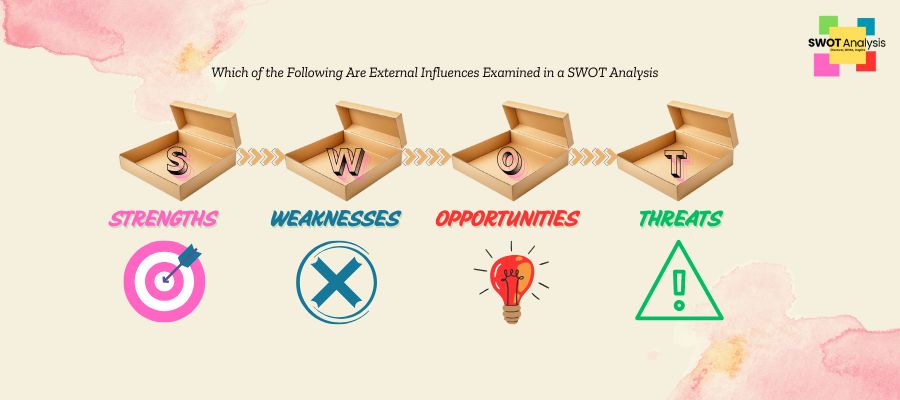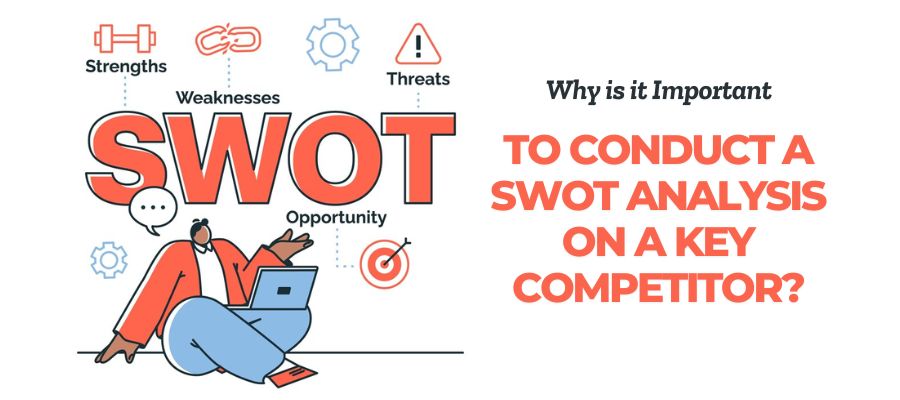SWOT Analysis is a popular strategic planning technique used by organizations to assess both their internal and external environments. The term “SWOT” stands for Strengths, Weaknesses, Opportunities, and Threats. This planning tool helps a company evaluate its current situation, predict future challenges, and identify potential opportunities to grab market share.
A SWOT analysis requires a detailed examination of factors that affect a business’s performance. These factors are categorized into two main areas: internal factors (Strengths and Weaknesses) and external factors (Opportunities and Threats). Firms often use this framework to make informed strategic decisions that align with both short-term and long-term goals.
Importance of Strategic Planning in Business
Effective strategic planning is crucial for any business aiming to remain competitive and profitable. A well-structured strategy helps a company evaluate its strengths and weaknesses, identify opportunities for growth, and anticipate threats.
Strategic planning involves setting clear objectives, allocating resources, and monitoring progress to achieve desired business outcomes. Using SWOT analysis can enhance the quality of a company’s strategic planning by offering a clear, concise way to assess the internal and external environment.
Overview of the Two Primary Reasons for Utilizing SWOT Analysis
The core of a SWOT analysis is to support decision-making and to ensure that businesses make the right moves in a competitive market. Below, we will dive into the two main reasons why companies use a SWOT analysis to guide their strategies:
- Identifying Strengths and Weaknesses
- Analyzing Opportunities and Threats
What Are Two Reasons a Firm Would Use a SWOT Analysis?
1. Identifying Strengths and Weaknesses
Internal factors refer to elements within the organization that affect its performance, such as resources, capabilities, and processes. These factors can be either strengths or weaknesses:
- Strengths: Positive attributes that give the company a competitive advantage. These can include a strong brand, loyal customer base, superior technology, or efficient processes.
- Weaknesses: Areas where the company lacks capability or is at a disadvantage. Weaknesses may involve limited resources, outdated technology, or poor customer service.
Understanding Weaknesses to Mitigate Risks
Acknowledging weaknesses is equally important. A firm can use this information to develop strategies that address vulnerabilities, reduce risks, and improve performance. Recognizing weaknesses allows companies to make informed decisions on how to allocate resources effectively.
2. Analyzing Opportunities and Threats
A SWOT analysis also involves examining the external environment to identify market opportunities and threats. This process helps businesses capitalize on market trends, anticipate challenges, and proactively address potential risks.
Recognizing Potential Threats to Develop Strategic Responses
Threats include external factors that could harm the business, such as new competitors, economic downturns, or technological changes. By performing a SWOT analysis, companies can predict which competitors will most likely grab market share and develop strategies to defend against these threats.
| Internal Factors | External Factors |
|---|---|
| Strengths | Opportunities |
| Weaknesses | Threats |
Enhancing Decision-Making and Strategic Planning
A. Role of SWOT Analysis in Informed Decision-Making
One of the main reasons a firm would use a SWOT analysis is to enhance decision-making. A comprehensive SWOT analysis allows companies to evaluate a company’s ability to meet market demands, predict challenges, and adjust strategies accordingly. This ensures that decision-makers have a holistic view of the business environment.
B. Examples of How Firms Have Successfully Utilized SWOT Analysis
Many firms have used SWOT analysis to achieve success:
- Apple: Apple conducts a SWOT analysis regularly to understand its market position. By identifying its strengths, like brand loyalty and innovative design, Apple continues to lead in the technology sector.
- Nike: Nike used a SWOT analysis to address weaknesses in its supply chain. By recognizing this, they improved logistics and inventory management, which resulted in higher profitability.
- Starbucks: Starbucks leverages SWOT analysis to identify market opportunities, such as expanding into new regions. This helps them maintain a competitive edge and consistently increase market share.
Conclusion
A SWOT analysis is a vital tool for any firm seeking to improve its strategic planning, evaluate internal and external factors, and make informed decisions. By identifying strengths and weaknesses and analyzing opportunities and threats, a company can stay ahead in a competitive market. Whether you are planning to grab market share, anticipate risks, or pursue growth opportunities, a SWOT analysis provides a clear roadmap to achieving your goals.
FAQ
1. What Are Two Reasons a Firm Would Use a SWOT Analysis?
Two primary reasons are: 1) To identify strengths and weaknesses internally, and 2) To analyze opportunities and threats in the external market.
2. Why Do Entrepreneurs Use SWOT Analysis?
Entrepreneurs use SWOT analysis to evaluate their business environment and make strategic decisions for growth and sustainability.
3. What Are the 5 Points of SWOT Analysis?
The five key points are Strengths, Weaknesses, Opportunities, Threats, and Strategic Actions.
4. What Are the Objectives of SWOT Analysis in Business?
The main objectives are to assess the current situation, identify opportunities, mitigate risks, and guide decision-making for future growth.
By performing a SWOT analysis, companies can make well-informed decisions that align with their business goals, effectively manage resources, and maintain a strong position in the market.
Also Read: drawing:8tvtuj31nmw= child





